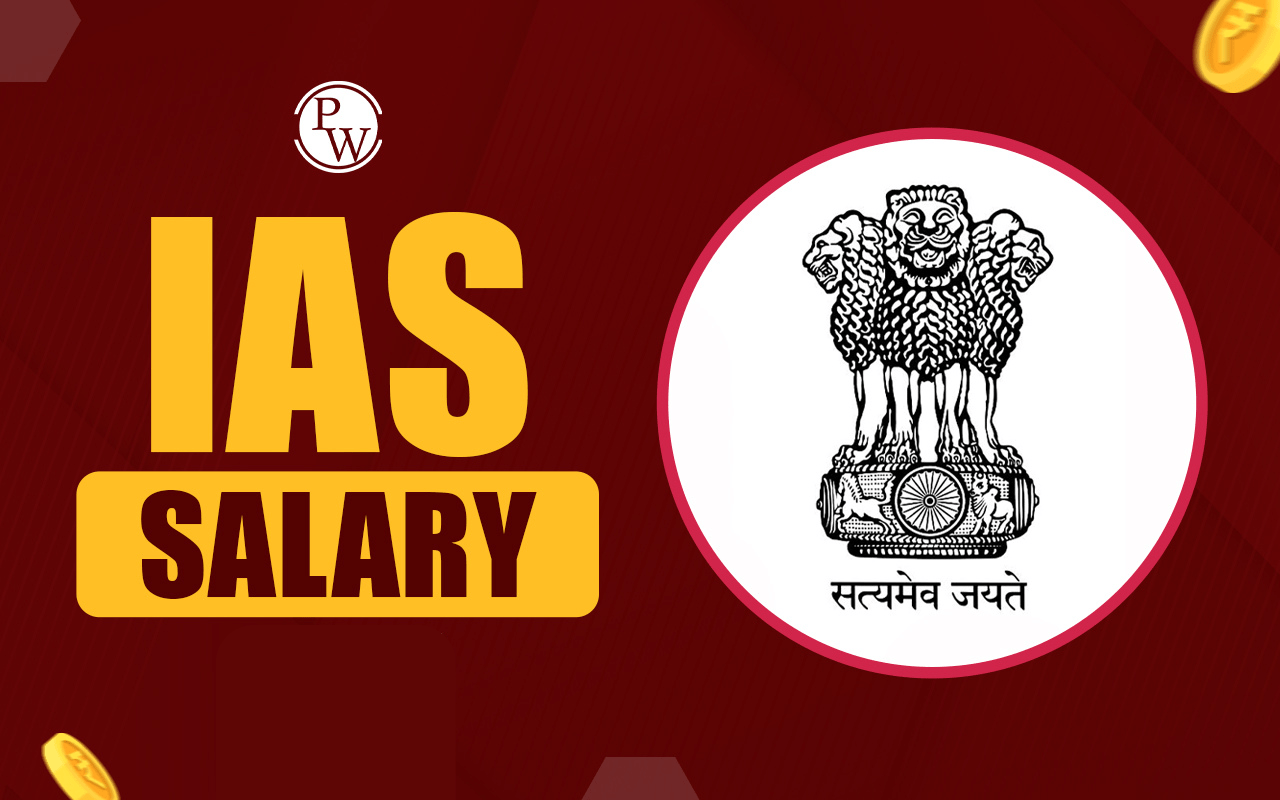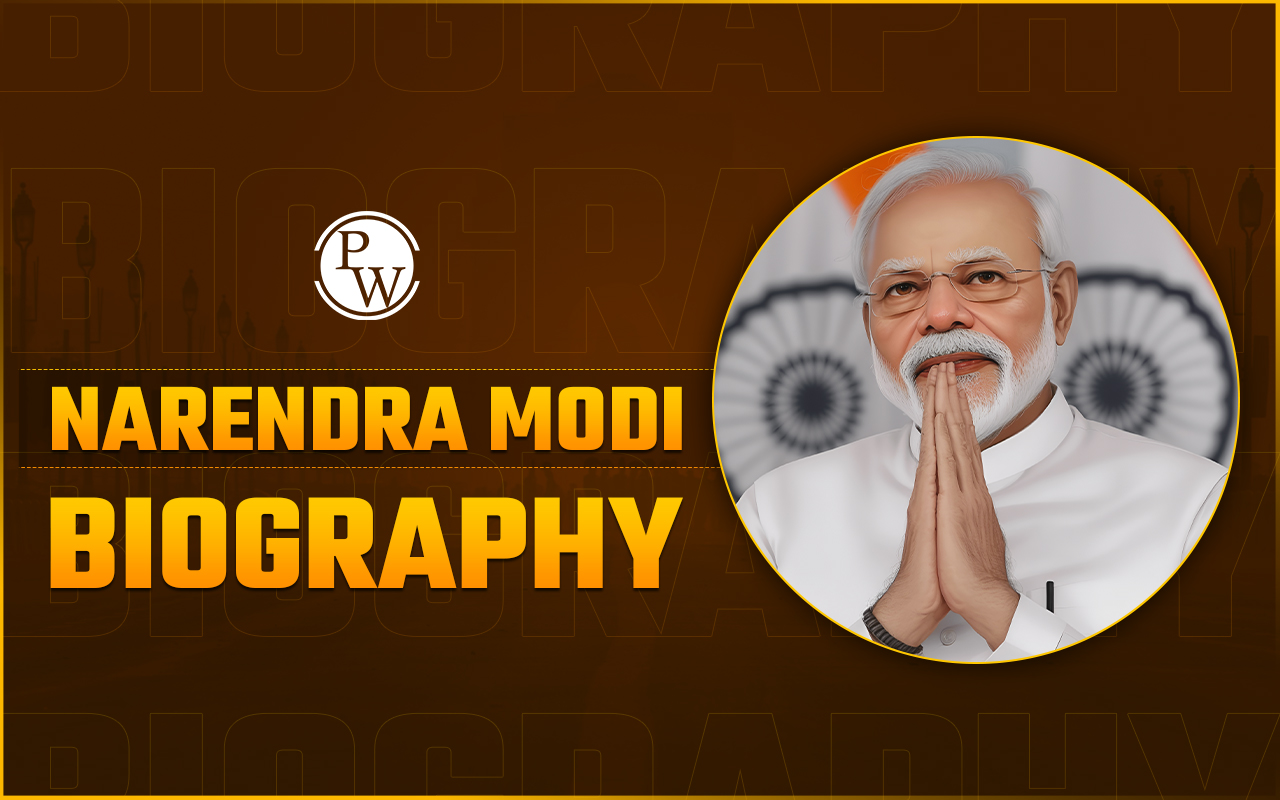
Jallianwala Bagh Massacre, one of the most tragic and defining events in India's struggle for independence, took place on April 13, 1919, in Amritsar, Punjab. On this day, British colonial forces, under the command of Brigadier General Dyer, opened fire on a large crowd of unarmed civilians who had gathered in Jallianwala Bagh, a public garden, to protest against the repressive Rowlatt Act. Even today this event remains a painful memory in Indian history.
106 Years of Jallianwala Bagh Massacre
Credit: https://amritsar.nic.in/
In 2025, the Jallianwala Bagh Massacre, one of the darkest events in the history of India will complete 106 years. On April 13, 1919, thousands of peaceful protestors gathered at Jallianwala Bagh, Amritsar. British troops, led by Brigadier-General Reginald Dyer, fired on the unarmed crowd, killing over 500 (as per M.M Malviya Committee). Even after 106 years, this brutal event is remembered for its deep impact on India's freedom movement.
Jallianwala Bagh Massacre Date
The Jallianwala Bagh Massacre occurred on April 13, 1919, the day of Baisakhi, a major Punjabi festival. People gathered at Jallianwala Bagh to protest against the Rowlatt Act and the arrest of nationalist leaders Dr. Saifuddin Kitchlew and Dr. Satyapal. Despite the peaceful nature of the gathering, the British authorities viewed it as a threat. This tragic event marked a turning point in India's fight against colonial rule.
Jallianwala Bagh Massacre Cause
The Jallianwala Bagh massacre took place during rising discontent following World War I. The primary causes of the Jallianwala Bagh Massacre were:
-
Rowlatt Act (1919): This draconian law that was passed on March 10th allowed the British to imprison Indians without trial, leading to mass protests.
-
Arrest of Leaders: The detention of Dr. Saifuddin Kitchlew and Dr. Satyapal on April 11th angered the people.
-
Martial Law in Punjab: The British imposed strict restrictions on gatherings, further escalating tensions.
-
Fear of Revolution: The British feared a large-scale rebellion, similar to the 1857 Revolt.
These factors led to one of the most tragic events in India's history.
The Tragedy of Jallianwala Bagh Massacre
On April 13, 1919, a crowd of around 20,000 people gathered at Jallianwala Bagh. Without any warning, Brigadier-General Reginald Dyer ordered his troops to open fire. Key events include:
-
The troops fired 1,650 rounds for about 10 to 15 minutes.
-
There were no escape routes, as the only exit was blocked.
-
According to a report by the Madan Mohan Malviya committee, more than 500 people were killed, and thousands were injured.
-
Women and children also became victims of the brutal attack.
Dyer later justified his actions, stating he wanted to "teach a lesson" to Indians. His actions were widely condemned worldwide.
Credit: indianculture.gov.in
Brigadier-General Dyer
Brigadier-General Reginald Dyer was the British officer responsible for the Jallianwala Bagh Massacre. He was stationed in Amritsar during the time and ordered his troops to open fire on a large crowd of unarmed civilians who had gathered at Jallianwala Bagh. After the event Dyer was relieved of his command, but never faced any formal punishment for the massacre.
Sir Michael O'Dwyer
Sir Michael O'Dwyer was the Lieutenant Governor of Punjab in 1919. He supported Brigadier-General Dyer and justified the massacre, calling it a necessary step to maintain order. His oppressive policies increased resentment among Indians. In 1940, Udham Singh, a revolutionary freedom fighter, assassinated O'Dwyer in London to avenge the Jallianwala Bagh Massacre.
Jallianwala Bagh Massacre Aftermath
The Jallianwala Bagh Massacre had long-lasting effects on India's freedom struggle. Key consequences included:
-
Martial Law: It was imposed in five districts of Punjab two days after the massacre.
-
Nationwide Protests: Indians united against British rule, leading to mass movements.
-
Non-Cooperation Movement (1920): Mahatma Gandhi launched this movement in response to the massacre.
-
Condemnation Worldwide: Even British leaders, including Winston Churchill, criticized the massacre.
-
Hunter Commission (1919): The British government appointed this commission in October 1919, but it failed to take strict action against Dyer.
-
Rise of Revolutionary Activities: Leaders like Bhagat Singh were deeply influenced by the tragedy.
The massacre fueled India’s demand for complete independence from British rule.
Hunter Committee
The Hunter Committee, formally known as the Disorders Inquiry Committee was set up in 1919 by the British government to investigate the events surrounding the Jallianwala Bagh massacre. The commission was formed on October 14, 1919, and was officially convened on October 29, 1919. It was chaired by Lord William Hunter, an ex-Solicitor-General.
The Hunter Commission submitted its report on May 26, 1920, with the following key conclusions:
-
Most members condemned General Dyer's actions but justified the imposition of martial law in Punjab.
-
The report criticized Dyer for failing to issue a warning before opening fire and recommended that the duration of the firing should have been shorter.
There was another Jallianwala Bagh Massacre committee, which was formed by the Indian National Congress and submitted its report on 25th March 1920. It called for action against officials like General Dyer and M.O'Dwyer while rejecting the official death toll of the British government.
Jallianwala Bagh Massacre Memorial
To honor the victims, the Jallianwala Bagh Memorial was established at the same location in Amritsar, Punjab. The memorial is managed by the Jallianwala Bagh National Memorial Trust, which was established in 1951 to oversee its preservation and commemoration activities. This memorial features:
-
Flame of Liberty: A symbol of sacrifice and patriotism.
-
Bullet Marks: Preserved on the walls as a reminder of the tragedy.
-
Martyrs' Well: Many people jumped into the well to escape the bullets.
-
Udham Singh Statue: Commemorating the man who avenged the massacre by assassinating General O'Dwyer.
-
Sculptures & Murals: Enhancing the memorial’s narrative with intricate artwork.
-
Museum & Galleries: Housing photographs, documents, and artifacts, with a daily light-and-sound show narrating the events of April 13, 1919.
This memorial remains a powerful symbol of India's struggle for freedom.
In conclusion, the Jallianwala Bagh Massacre was a turning point in India’s independence movement. It highlighted British atrocities and fueled the demand for freedom. Even after 106 years, the massacre serves as a reminder of the sacrifices made for India's independence.
Looking to boost your UPSC preparation? Explore Physics Wallah’s UPSC Courses!!
Jallianwala Bagh Massacre FAQs
Where is Jallianwala Bagh located?
Who was the Lt. Governor of Punjab at the time of the Jallianwala Bagh massacre?
Who was the Viceroy during Jallianwala Bagh?
Who was responsible for the Jallianwala Bagh Massacre?
Why did the Jallianwala Bagh Massacre happen?







